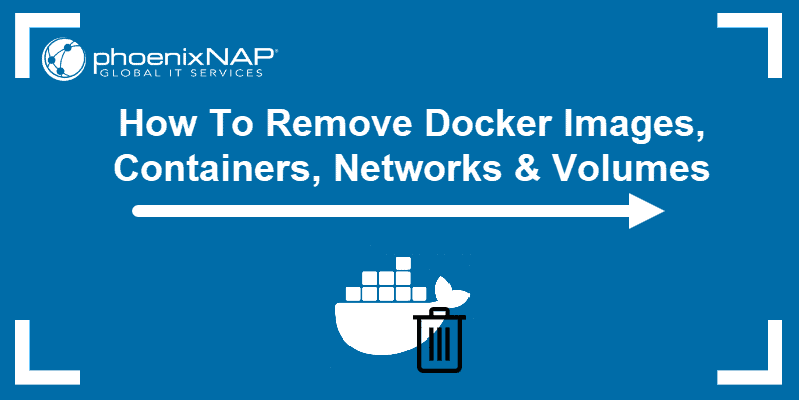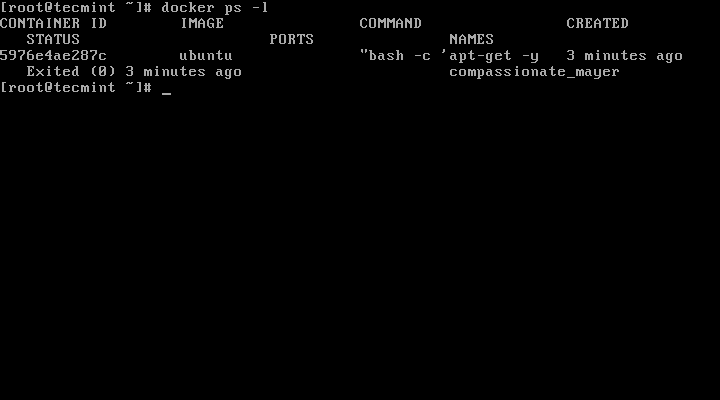
Now that you have stopped all the containers, you can use a similar command to remove all the containers. The -q (quiet) option is used to return only the container ID and -a (all) option is used to return all the containers. In the command above, we have used the Docker stop command as a parent command and instead of mentioning the ID or name of each individual container, we have used a subcommand that lists the container IDs of all the containers. You can also use a mix of two commands together to remove all the containers in your system at once. $ docker container rm mycont1 mycont2 mycont3 Check out the command below to remove 3 containers together. You can remove more than one container simultaneously by mentioning the container ID or names separated by spaces. This will not throw an error even if you are trying to remove a container that is actively running.

If you don’t want to go through all these hassles, you can directly remove the container forcefully using the command below. Once you have stopped this container, you can easily remove it using either of the following commands. You can do so using the following command. Now, if your container is in an active state, you need to first stop the container. To list all active containers, you can use the following command. To do so, you can use the following set of commands. Then the conventional way to remove this container would be to first check its status, then stop the container if it's running, and then remove it. Suppose you have a container called mycont actively running in your machine.

Now, let’s check out a few examples and ways in which you can use these commands and options. -force - If the container that you are going to remove is actively running in the background, you can use the -force option to remove such containers without even stopping them.-link - If the container that you are trying to remove has links to other containers and you want to delete those links as well, you can use the -link option.-volumes - If you want to remove all the associated volumes as well, you can use this option.The options that you can use along with these commands are. $ docker rm CONTAINER īoth these commands work the same way.

Following are the syntax of these two commands. You can use two different forms of the Docker container remove command to achieve the same result.
#DOCKER REMOVE CONTAINER ID HOW TO#
We will also discuss how to remove all containers simultaneously. In this article, we will discuss how to use the Docker container remove commands and all the options that you can mention along with it. However, if you want to delete all the Docker containers in your machine simultaneously, you can do so by using a sub-command. You just need to specify the container IDs or their names in order to do so.

The Docker remove commands allow you to remove one or more Docker containers together. You can remove Docker containers forcefully using the -force option as well. However, there is another workaround to this. In such a case, Docker will throw an error. However, before you start removing your containers, you need to make sure that none of your containers are actively running. You can use the Docker rm or Docker container rm commands to do so. Docker allows you to remove old and stale containers that are of no use to you.


 0 kommentar(er)
0 kommentar(er)
